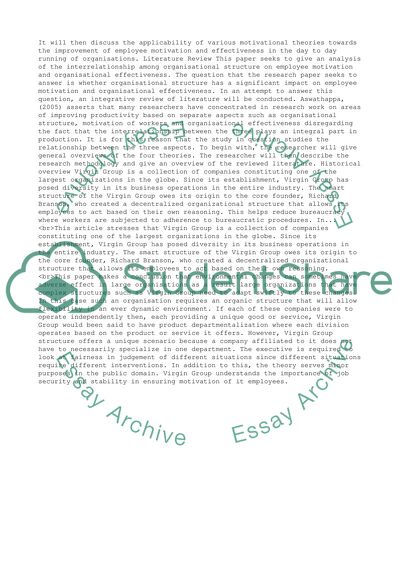Cite this document
(“Organisation Structure, Employee Motivation And Effectivness Dissertation”, n.d.)
Retrieved from https://studentshare.org/management/1475404-organisation-structure-employee-motivation-and-effectivness
Retrieved from https://studentshare.org/management/1475404-organisation-structure-employee-motivation-and-effectivness
(Organisation Structure, Employee Motivation And Effectivness Dissertation)
https://studentshare.org/management/1475404-organisation-structure-employee-motivation-and-effectivness.
https://studentshare.org/management/1475404-organisation-structure-employee-motivation-and-effectivness.
“Organisation Structure, Employee Motivation And Effectivness Dissertation”, n.d. https://studentshare.org/management/1475404-organisation-structure-employee-motivation-and-effectivness.


